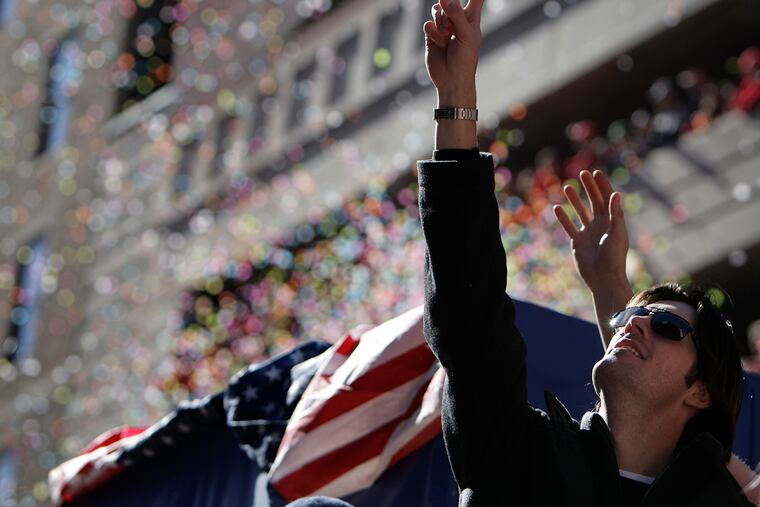Cole Hamels’ career ended this summer on the Ocean City beach. Now he’s looking for the next chapter.
The former Phillies ace did not get the "Hollywood" ending he wanted. Last year's World Series gave Hamels closure, though, as he approaches his 40th birthday.
